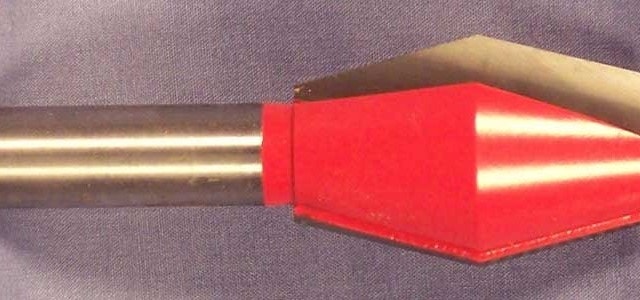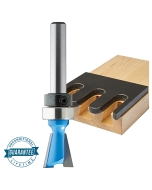Making the Most of the Butterfly Spline Bit
At first glance, the Butterfly Spline Bit (sometimes called a Butterfly Key Bit) seems like a very simple and limited use tool. But look closer and you can find a lot of useful applications for these splines.
The bit cuts a butterfly profile, essentially two dovetail keys joined at the smaller width.
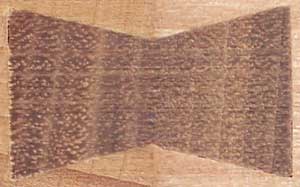
The angles are 14 degrees, so they exactly match a 14 degree dovetail bit. This creates a spline that not only aligns the parts being joined, but actually locks them together like a dovetail joint.
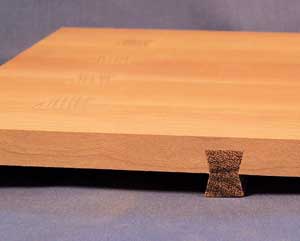
This Japanese style tea tray uses butterfly keys in two ways. To begin with, I am using the keys to join together the parts of the tray itself. The keys lock the glue joints together and add a nice decorative touch. In addition, the tray legs are made from smaller key stock mounted across the width of the tray. This is not only decorative, but helps keep the delicate tray from cupping. The leg splines are secured only with a dowel pin in the center, not only allowing the top and legs to move without splitting, but the dovetail shape of the joint keeps the leg keys firmly attached to the tray.
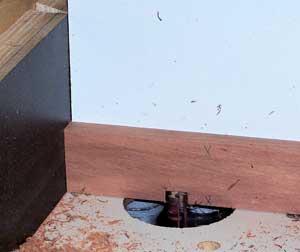
The key stock is made to the size of the dovetail slot you cut. This bit produces keys as small as your smallest dovetail bit, up to about 1-3/4 inches tall. In order to determine the proper spline size, I cut the dovetail grooves first and match my stock to that.
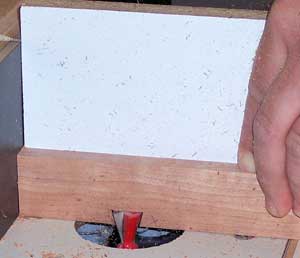
As with any undercut bit, you should plow out a clearance slot before milling the dovetail. Make sure that the matching cuts line up well; the spline allows for little error.
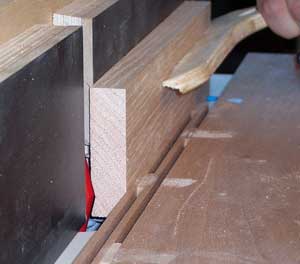
With the dovetail slots cut, carefully measure the opening and prepare your stock to the proper dimension. Make up some extra stock: getting the fit perfect may take a few tries. The thickness of your stock determines the major width of the spline. The height of the bit then controls how tall the spline is end to end. For safety, I use wider stock than needed, and cut the spline away after milling

Set the bit up in the router table. The center point should be set to the midpoint of the desired spline. Set the fence so that the bit cuts the entire height of the spline, but do not let it cut into the width of the piece. The part has to match the dovetail cut: sharp angles, no flats at the tips. Once the first side is cut, the part is reversed and the other face is cut, making the butterfly shape.

Check the fit. If the key is too wide, the stock can be thinned slightly and run again across the bit.

When the fit is correct, carefully set the saw fence and rip the spline off the stock.

With a good, snug fit achieved, the spline stock can be cross cut to the proper length. Here, the tea tray is dry fit with the keys in place

There are many uses for these butterfly splines. They are effective in breadboard ends. Secured only in the center, they allow the panel and ends to move independently, but the dovetail shape keeps the end tight to the panel.

They can be used to reinforce and decorate frame and box miter joints, or even to repair a split in a table. I made some spline stock from purpleheart and crosscut it to form elegant chopstick holders, and experimented with cutting thin slices for a unique veneer look.
So add this simple-looking bit to your collection. It will help you find new and beautiful ways to improve and strengthen your joinery.
Keep the inspiration coming!
Subscribe to our newsletter for more woodworking tips and tricks
